Transient Response
20% Load – 20ms
| Advanced Transient Response 20% - 50 Hz - No Caps | ||||
| Voltage | Before | After | Change | Pass/Fail |
| 12V | 11.987V | 11.920V | 0.56% | Pass |
| 5V | 5.023V | 4.903V | 2.39% | Pass |
| 3.3V | 3.369V | 3.207V | 4.81% | Pass |
| 5VSB | 5.029V | 4.988V | 0.82% | Pass |
50% Load -20ms
| Advanced Transient Response 50% - 50 Hz - No Caps | ||||
| Voltage | Before | After | Change | Pass/Fail |
| 12V | 11.967V | 11.911V | 0.46% | Pass |
| 5V | 5.006V | 4.890V | 2.31% | Pass |
| 3.3V | 3.349V | 3.177V | 5.14% | Pass |
| 5VSB | 4.993V | 4.952V | 0.82% | Pass |
The transient response is great at 12V, good at 5VSB, and mediocre at 5V and 3.3V.
Transient Response ATX v3.1 Tests
The PSU passes all ATX v3.1 transient response tests.
While the 12V rail performs well in the normal transient response tests, it doesn’t do so well in the ATX v3.1 corresponding tests, especially in the 200% test, where it drops too low.
Pages:
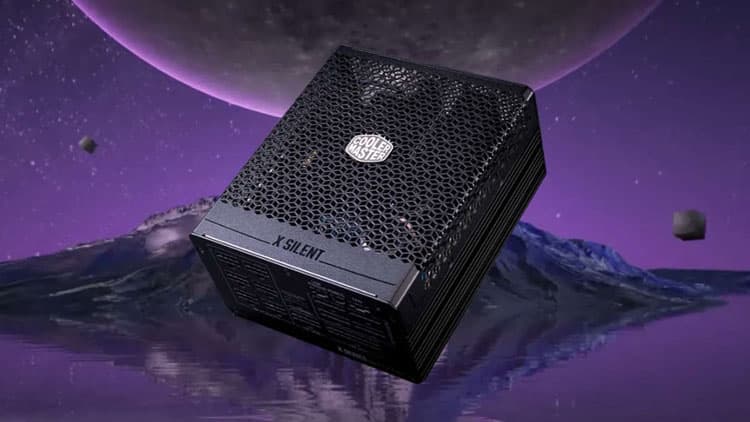
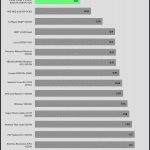

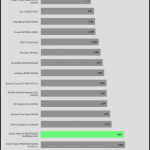

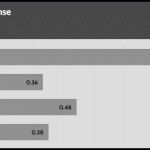
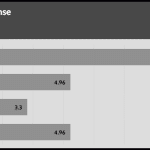
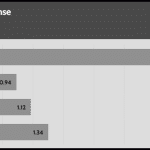
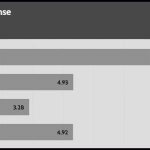
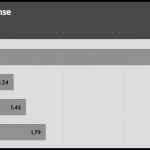
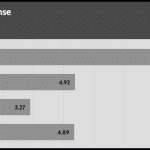
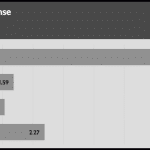
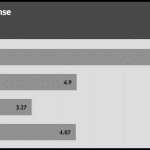
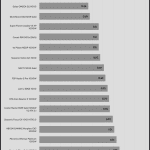
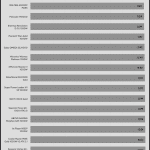

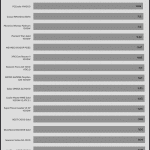

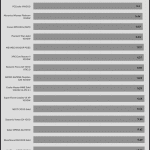
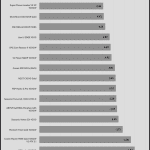


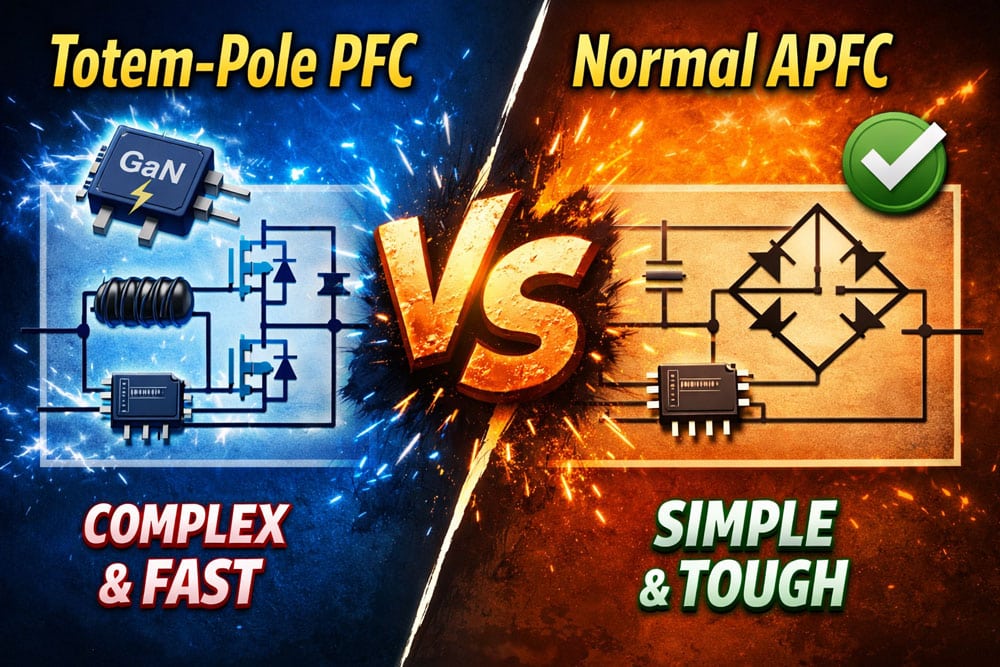
I don’t agree with the warranty criticism. It is stated definitively without proof:
“Such a long warranty period will eventually create problems for both the brand and consumers”
Will? How about “might”? It’s actually refreshing to see a company stand behind their product. 15 years is not an unreasonable lifespan for a PSU.
With low loads the efficiency is terrible, much worse than many psu that are around at better prices. Together with other shortcomings I honestly do not understand how it could have taken the editor choice…. incredible. They did not take much more performing power supplies.
why was my comment deleted?
Is it necessary to have a case that allows natural convection, that is, one that has an opening for airflow in the part above the PSU? For example, the be quiet! Dark Base Pro 901 is not compatible with this PSU because it does not have openings on the shroud top?
Yes, this is required else the hot air will be trapped inside the PSU.
Thanks for the review.
Now this in SFX 750-850w and it’s golden.
Even if i had to pay 300€ for a Fanless and no coil whine.
A lot of what makes this sort of thing possible is the somewhat large size, since smaller PSUs need to pack components more tightly which reduces their exposed surface area and therefore cooling potential. This is why SFX PSUs tend to be louder, because the fan needs to spin faster to account for this difference and keep components cool. In other words, less surface area needs more airflow to dissipate heat, while more surface area will need less; this is why passive CPU coolers like the Noctua NH-P1 are so huge, and why rack-mounted servers are able to have such small heatsinks for how power-hungry server hardware can be.
This isn’t to say that a passively cooled SFX unit is impossible, but rather that it would require a lot of development and would have a much lower capacity. After all, safety should be the number one thing when designing (and indeed buying) a new PSU.
honestly I don’t see the point (it’s a showoff most likely), to require as much power you’d need a Threadripper and probably two 4090, there’s no way to cool these down passively
what we need are affordable 400W Passive SFX models instead
We might not need 1100W necessarily, but the smaller 850W model is very welcome and I’ll be buying one of these two when they’re finally available.
I have a RTX 4090 PC with custom watercooling that is completely silent even under heavy load and currently the Seasonic 600W passive PSU. It’s a tad undersized, so I want to upgrade – but for now, the only upgrade path has been the 700W Seasonic. I’m not spending that much money on a 100W upgrade that’ll be useless when GPUs inevitably use the full 600W the new cable can provide.
I do not consider an actively cooled PSU an option because I have yet to see one that’s certain to not add noise to my system at full load.